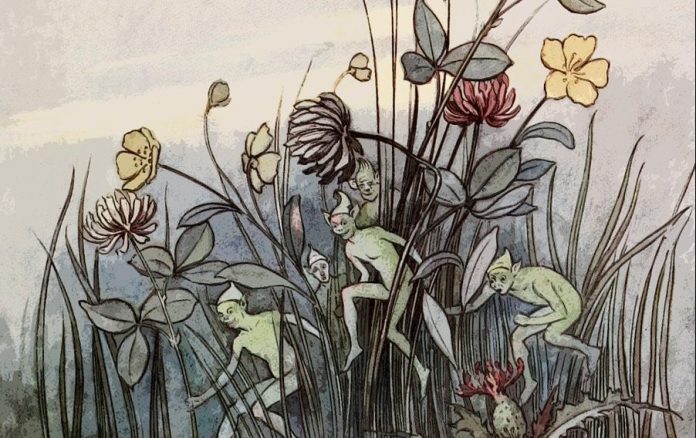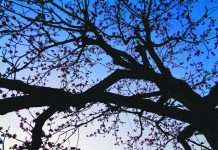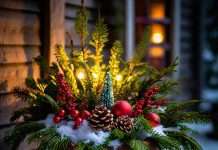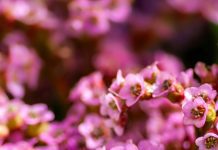
Some people follow the Farmer’s Almanac; some remember truths told by a grandmother. Some sayings have an origin in another country and time, or time unknown. It can be interesting to explore these maxims and see how they work for us here in the Alberta chinook belt.
“March comes in like a lion and goes out like a lamb.”
This saying originated in England and involves more wishful thinking than actual prediction in our part of the world. A cold blustery March should end with nice spring weather. Maybe in England; rarely in Calgary. Some people think it is related to the Astrological calendar, but Leo (the lion) lives in summer, and Pisces (the fish) in Feb./Mar., so it doesn’t work.
“April showers bring May flowers.”
Of course, they do. The gentle rains and snows of April are the best ones for soaking into the soil as the ground should now be thawed and receptive. All that drama in March just runs into the storm drains.
“A dry August and warm does the harvest no harm.”
Makes sense to let the sun ripen the grain crops. Mother Nature is in charge of this.
“In October, dung your fields and your land; its wealth will yield.”
We don’t say dung that often nowadays, but we do love our compost, don’t we? The best time to amend your soil is in the fall, giving the soil and compost time to marry over the winter. While on the topic of compost, it is only as good as the material put into it. If you make your own, you know that a whole buffet of kitchen scraps, lawn clippings, leaves, prunings, coffee grounds, tea leaves and eggshells will give a healthy mix. If you choose to buy it in bags, try to find compost that is made locally as it is most likely to complement our alkaline soil. Manure can be good too, but only if aged, no longer stinky and liable to burn. It is worth growing COMFREY just to add its powerful nutrients to your compost. Remember, you are feeding the soil, not the plants.
“On the 1st of November, if the weather be clear, an end to the sowing you do for the year.”
I suspect this little item also came from Britain, so we would be wise to adjust this to October for our climate. Spinach, lettuce, bulbs like tulips and garlic are all best planted in the fall. You can copy Mother Nature and just scatter the lettuce seed on the ground and let the snow sink it in.
“One for the rook, one for the crow, one to rot and one to grow.”
I am not sure if we have rooks here, but we definitely have crows and lots of other critters who find our spring vegetable seeds tasty. Therefore, sow four seeds for every plant you need, particularly peas. If the critters and the rot don’t get them, you can always thin them out.
“The best time to plant a tree is 20 years ago.”
Yes, true enough, but the second-best time to plant a tree is NOW. A few tips: Do not plant deep; plant at the same depth it was in the pot. Dig a nice big hole, but do not fill with potting soil; put back the soil you took out in the first place. The little tree has to learn to live where it is put, not in an artificial environment. Do not fertilize! You want roots, not leaves, so definitely no nitrogen. Top dress with compost, if you must. And water deeply, of course, and often, particularly if Mother Nature is busy elsewhere.
I must give credit to Janet Melrose for much of this information as she does a fine job of presentations here and there around town. Watch for her—she is full of wisdom and highly entertaining.








